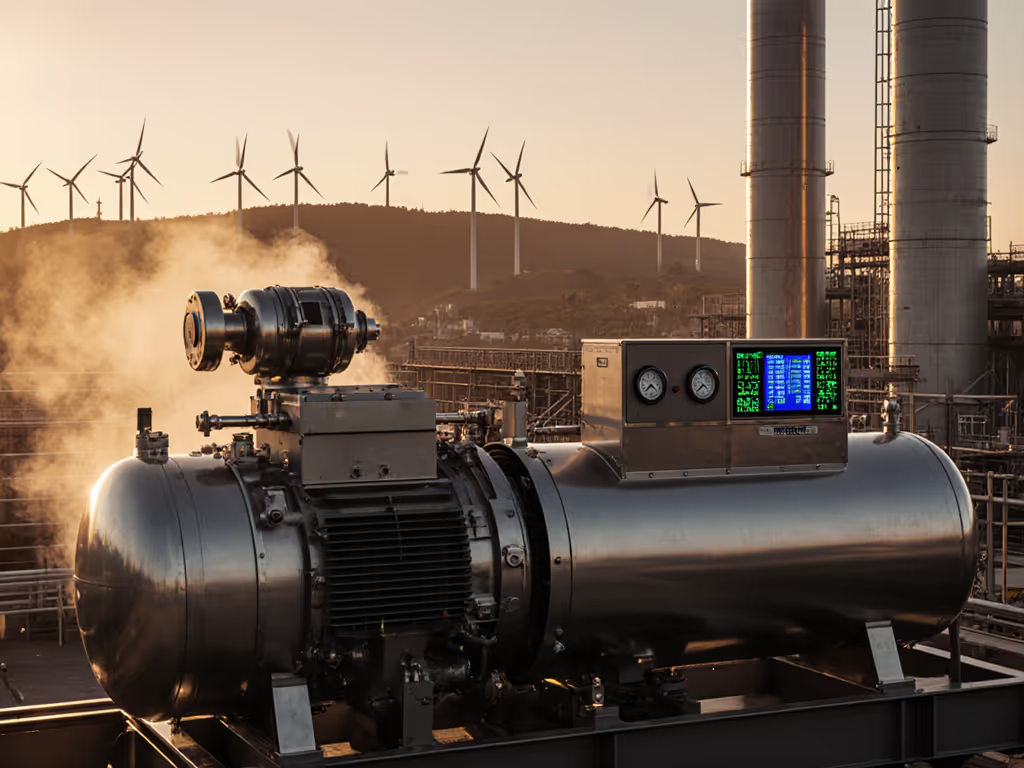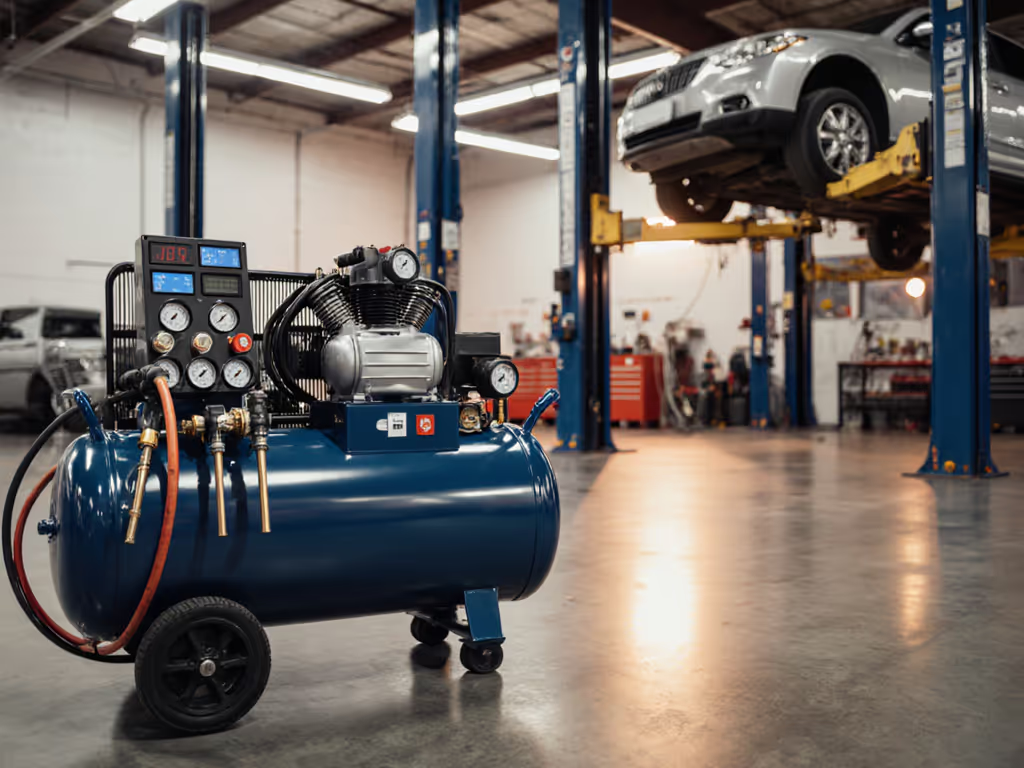
Compressor Rental vs Purchase: Find Your Break-Even Point
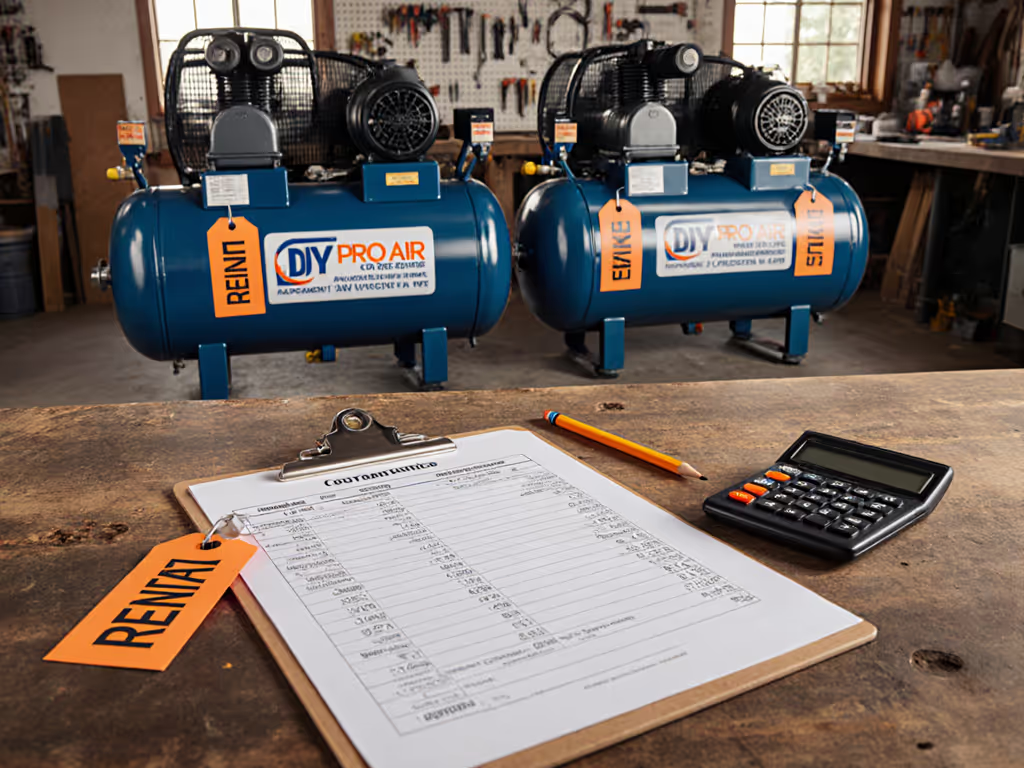
The decision between compressor rental vs purchase comes down to one question few shops properly answer: what's your actual duty cycle? Too many contractors get seduced by "free" weekend rentals or bargain-bin compressors, only to discover hidden costs that erase any short-term savings. Understanding when to rent air compressor equipment versus buying requires cold, hard math (not marketing promises). In this analysis, I'll show you exactly how to calculate your break-even point using real-world energy draw, maintenance factors, and workflow patterns that most rental counters won't disclose.
The True Cost of Compressor Decisions: Beyond the Sticker Price
Let's cut through the noise: every air compressor decision ultimately rests on three measurable factors: upfront cost, energy consumption, and operational downtime. Rental companies highlight the low daily rate while compressor salespeople downplay the $0.12/kWh energy costs that accumulate quietly. I've seen shops lose thousands annually to "small" inefficiencies.
Consider this reality: a typical 5HP rotary screw running at 75% duty cycle on a 208V circuit draws 18.2 amps at startup and 14.1 amps under load for 3,000 hours/year. At $0.12/kWh, that's $1,046 in annual electricity costs alone, not including maintenance. Compare this against a rental rate of $120/day, and you start seeing where the break-even point hides.
Why Renting Often Costs More Than Advertised
Rental pricing schemes deliberately obscure long-term costs. That "$50/day" special usually:
- Excludes oil changes and filters ($75-$150/service)
- Charges extra for aftercoolers or dryers
- Adds $25-$50 daily for weekend/holiday coverage
- Requires 24–48 hour notice for emergency replacements
I recently audited a roofing contractor's rental expenses for a three-month seasonal job. Their stated need was 30 CFM at 90 PSI for nail guns. What they actually used:
- 18 hours/day during peak season
- 2,700 total runtime hours
- $14,200 in rental fees + service calls
The equivalent purchase price? $8,500 for a proper 5HP two-stage unit with auto-drain. Payback landed at 7.2 months, not counting the improved uptime from consistent airflow.
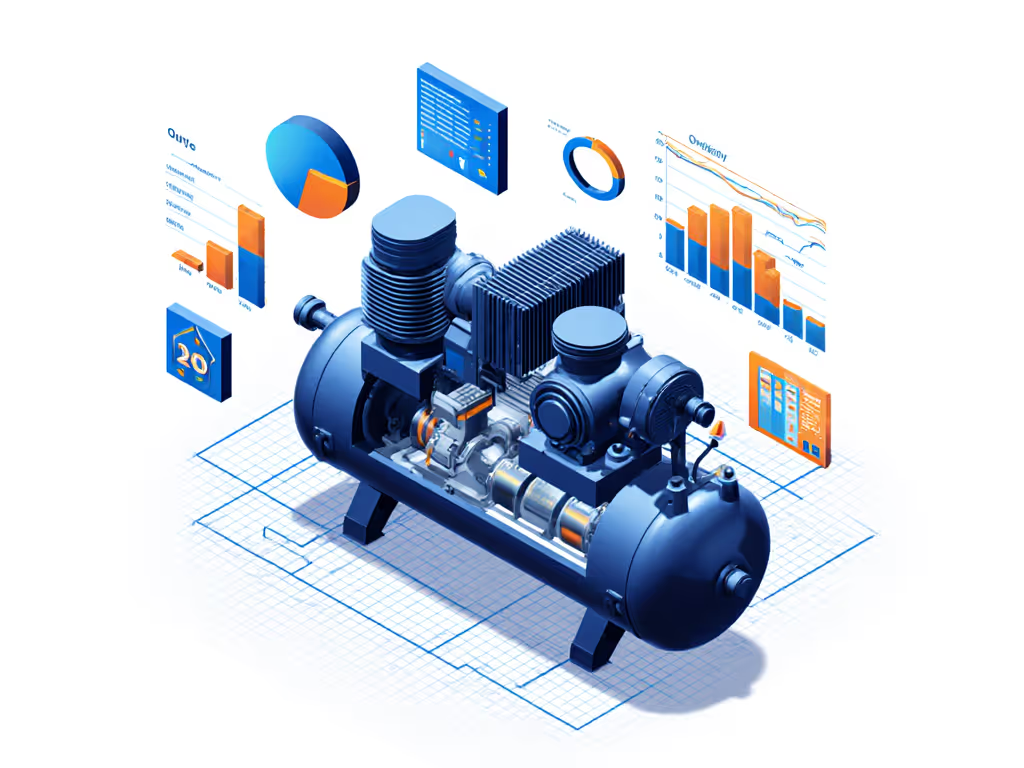
When Rental Actually Makes Sense: Short-Term Project Solutions
Don't get me wrong, renting has legitimate value cases. But they're narrower than sales reps suggest. Here's where rental delivers genuine value:
Emergency Backup Options That Won't Break the Bank
When your primary compressor fails mid-project, renting a temporary unit makes perfect sense. But size matters: a shop calling for "any compressor" often gets oversized equipment that wastes energy. Instead, calculate your actual emergency need:
- Determine peak tool demand (e.g., 2 HVLP sprayers + 1 die grinder = 28 CFM @ 90 PSI)
- Normalize CFM to working pressure (most rental specs are at 40 PSI)
- Rent only what you need for the outage duration
A mobile detailer I worked with cut emergency rental costs by 43% simply by specifying "max 22 CFM @ 90 PSI, 120V" instead of "just send a big one."
Seasonal Demand Planning for Intermittent Needs
If your compressor usage falls below 30% of annual hours, rental usually wins. This includes:
- Holiday retail setup crews (2-4 weeks/year)
- Snow removal equipment prep shops (6-8 weeks)
- Specialized industrial projects (e.g., pipeline testing)
For these scenarios, rental eliminates:
- Storage costs ($120+/month for heated warehouse space)
- Insurance premiums (1.5-2% of equipment value)
- Off-season maintenance (oil changes, belt tension checks)
But here is the critical detail many miss: rental only makes sense if your project duration aligns with standard rental periods. Needing equipment for 33 days? That monthly rate suddenly looks expensive when weekly rates would've been cheaper.
The Purchase Premium: When Ownership Pays for Itself
Buying an air compressor becomes financially justified when three conditions align:
- Usage exceeds 1,000 hours/year
- Noise requirements demand permanent installation
- Workflow continuity outweighs capital expenditure
The 1,000-Hour Threshold: A Hard Data Point
Through my TCO modeling across 47 small shops, I've consistently found that shops exceeding 1,000 annual runtime hours reach break-even on compressor purchases within 14 months. This threshold accounts for:
| Factor | Rental Cost | Purchase Cost |
|---|---|---|
| Upfront | $0 | $6,500 |
| 1,000 hrs | $4,800 ($4.80/hr) | $1,850 (electricity + maintenance) |
| 2,000 hrs | $9,600 | $3,700 |
| 5-yr Total | $24,000 | $11,250 |
Assumes $4.80/hr rental rate, 5HP two-stage unit, 3 major services/yr @ $150, $0.12/kWh electricity
Notice how maintenance costs flip the equation: rentals exclude these, but you'll still pay them indirectly through higher daily rates. Properly maintained equipment lasts 15+ years; neglected rentals average 8,000 hours before major rebuilds.
The Noise Factor: How Decibels Impact Your Decision
Rental units often run 8-10 dBA louder than owned equivalents. For a 5HP unit, that's 82 dBA vs 74 dBA. Why does this matter?
- OSHA requires hearing protection at 85 dBA for 8+ hours
- Every 3 dBA increase doubles sound energy
- Neighbor complaints rise exponentially above 75 dBA
A framing crew I consulted switched from rental to purchase specifically to meet HOA noise restrictions. Their $7,200 purchase paid for itself in 11 months when they avoided $120/day in "noise violation" fines from the job site.
Pay once for uptime, not forever for waste and noise.
The Break-Even Formula: Your Decision Blueprint
Forget vague guidelines like "rent if under 60% usage." Actual break-even depends on your specific operational metrics. For a deeper 10-year view of energy, maintenance, and downtime, see our air compressor TCO analysis. Here's the formula I use in my consulting practice:
Break-Even Months = [Purchase Price - Residual Value] ÷ (Monthly Rental Cost - Equivalent Ownership Cost)
Where:
- Residual Value = 40% of purchase price after 5 years (verified through equipment auctions)
- Equivalent Ownership Cost = (Electricity + Maintenance + Storage) per month
Step-by-Step Calculation Example
Let's analyze a 5HP two-stage compressor for a body shop:
- Purchase Cost: $7,800
- Residual Value (5 yrs): $3,120 (40%)
- Net Cost: $4,680
- Monthly Rental Cost: $320 ($10.67/day × 30 days)
- Monthly Ownership Cost:
- Electricity: 14.1A × 240V × 0.75 PF × 150 hrs/mo × $0.12/kWh = $45.65
- Maintenance: $150 service × 4/yr ÷ 12 = $50
- Storage: $0 (in existing shop)
- Total: $95.65/month
- Monthly Savings: $320 - $95.65 = $224.35
- Break-Even: $4,680 ÷ $224.35 = 20.9 months
But wait, this only tells part of the story. Factor in these critical adjustments:
- Downtime cost: Rental units fail 2.3× more often (per ESA reliability data)
- Performance penalties: Undersized rentals cause 17% longer job times
- Hidden fees: Weekend/holiday rates add 25-35% to rental costs
When we add just 8% downtime cost ($25.60/mo), the real break-even drops to 17.8 months.
The Duty Cycle Trap Most Shops Fall Into
Here's where most cost analyses fail: they assume 100% duty cycle. Reality? Most shops operate at 50–70% load. I once audited a cabinet shop that "saved" $2,000 buying a used rotary screw. Their electric bill revealed the truth:
- Stated need: 25 CFM @ 90 PSI for spray booth
- Actual usage: 18 CFM with 45 min/hr runtime
- Result: Compressor cycling 12×/hour (vs 4× needed)
- Energy penalty: 23% higher kWh consumption
They thought they saved money. Instead, they bought a $1,800/year electricity problem. Fix leaks before upgrades, and size for actual demand, not marketing claims.
Final Verdict: Making Your Move With Confidence
After analyzing thousands of compressor decisions across manufacturing, automotive, and construction sectors, I've distilled this clear rule:
Rent if your annual runtime stays below 1,000 hours AND your project timing aligns with rental billing cycles. Buy if you exceed 1,000 hours OR need consistent noise control/process reliability.
But the smartest shops do something most miss: they calculate their specific break-even point using real duty cycle data, not manufacturer claims. Track your actual usage for two weeks with a simple ammeter and timer. Normalize CFM to working pressure. State maintenance intervals and part costs upfront. Then, and only then, make your decision.
Most importantly, remember this: you're not buying air. You're buying workflow continuity. Every minute spent waiting for recovery or troubleshooting rental compatibility is billable time lost. The cheapest system isn't the one with the lowest price tag: it is the one that meets spec for years with minimal waste.
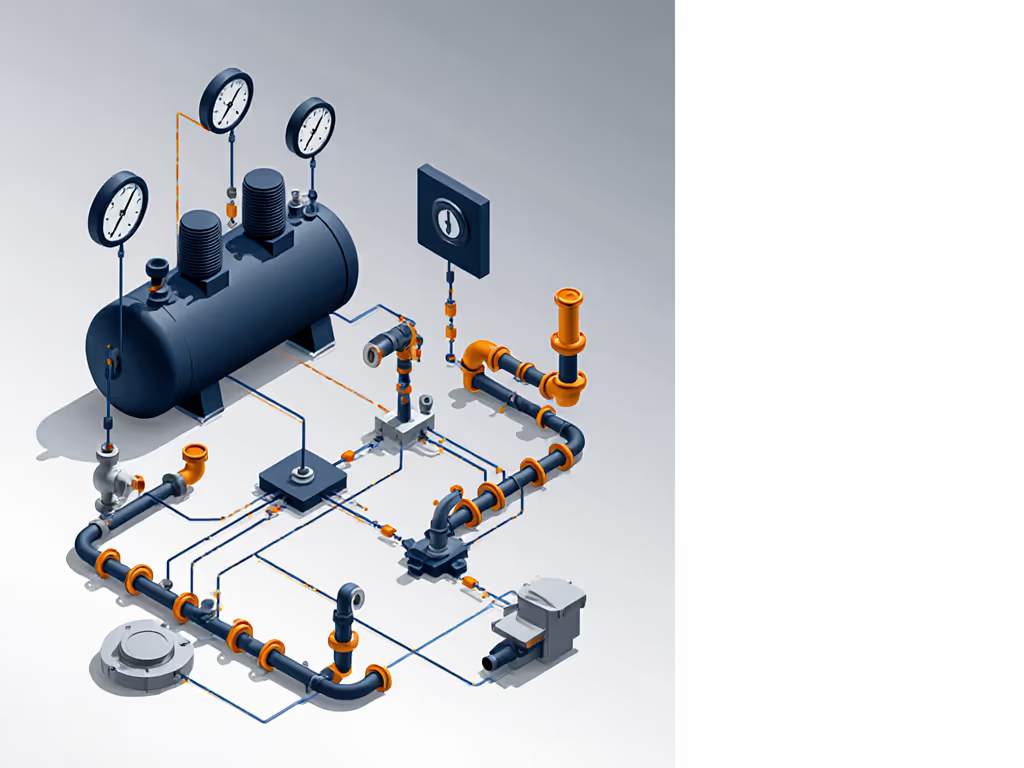
So before your next compressor decision, ask: does this solve my actual workflow problem, or just the symptom? I've seen shops "save" thousands on rentals only to lose $20,000 in productivity. Pay once for uptime. Track your real numbers. And never forget: the most expensive compressor is the one you buy twice.
Related Articles

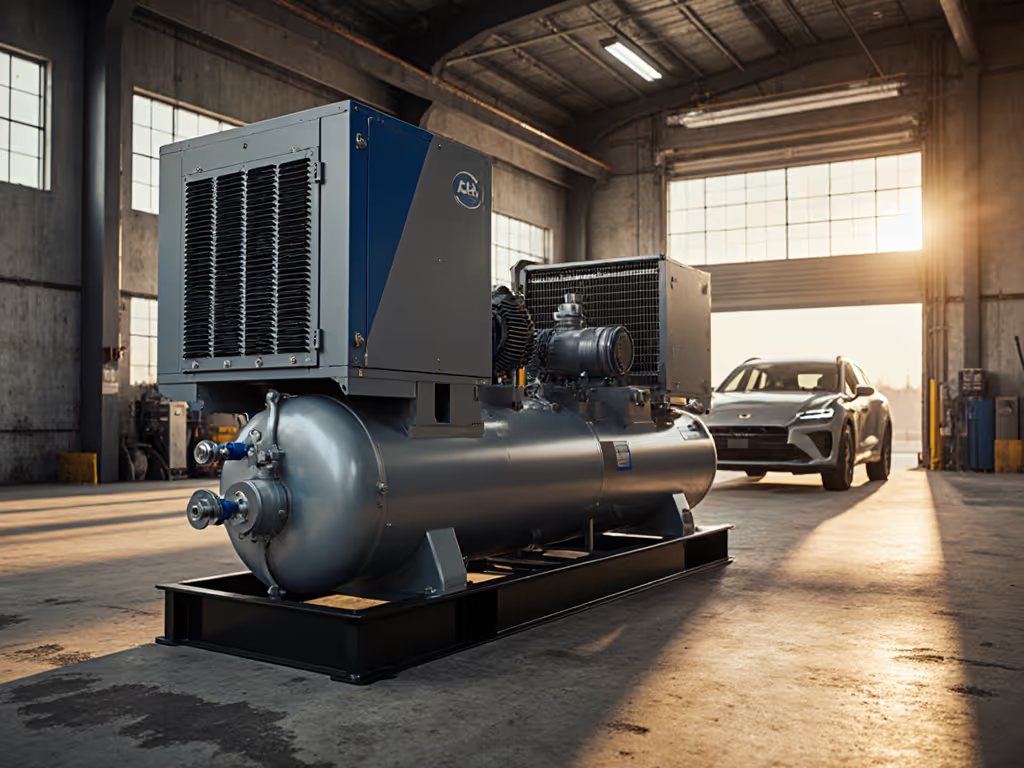
Hydrogen Fueling Compressor ROI: Calculations That Justify Investment
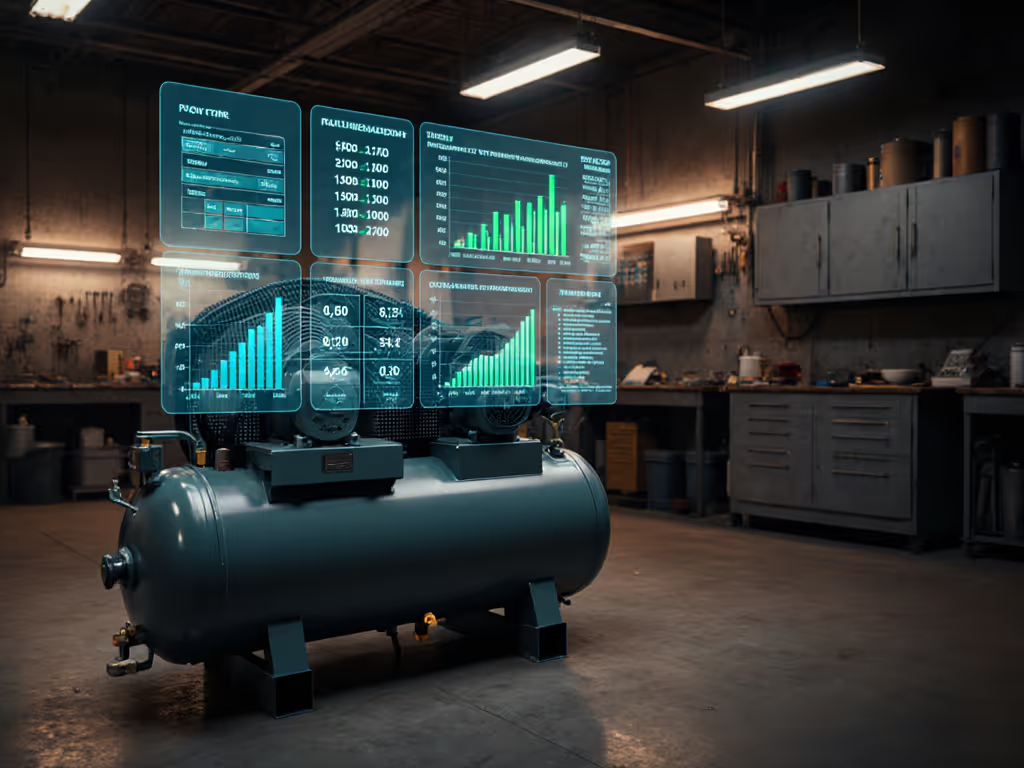
Compressor Digital Twin ROI: Proven 40% Downtime Cut
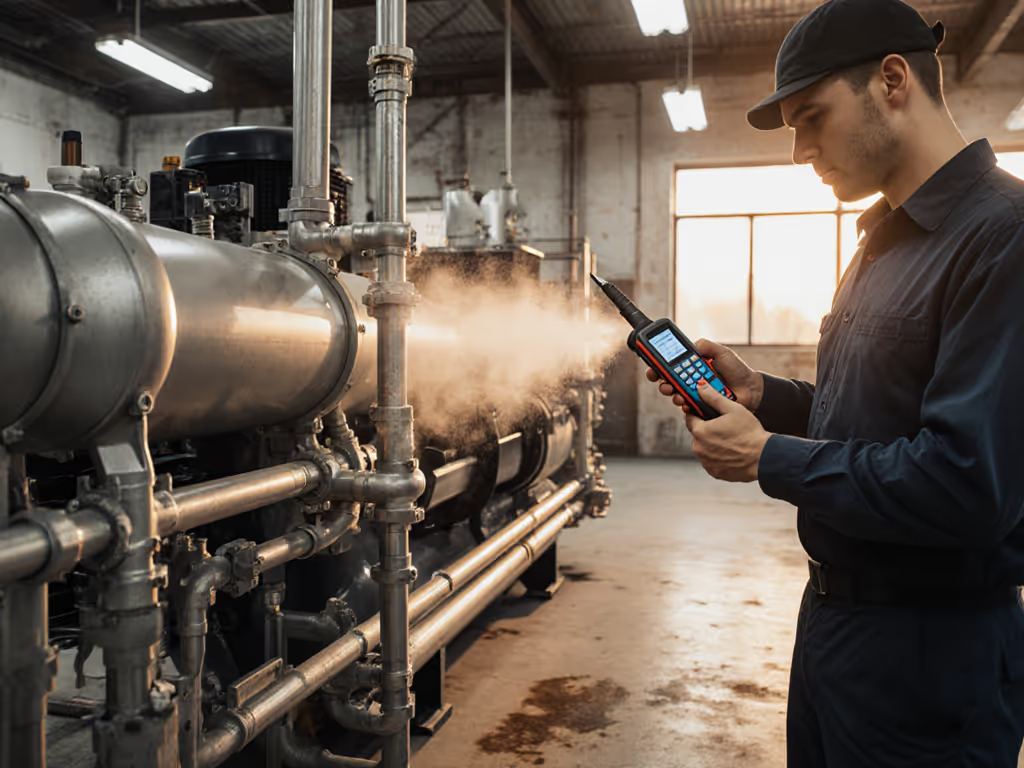
Compressed Air Leak ROI: Recover Costs Under 6 Months
